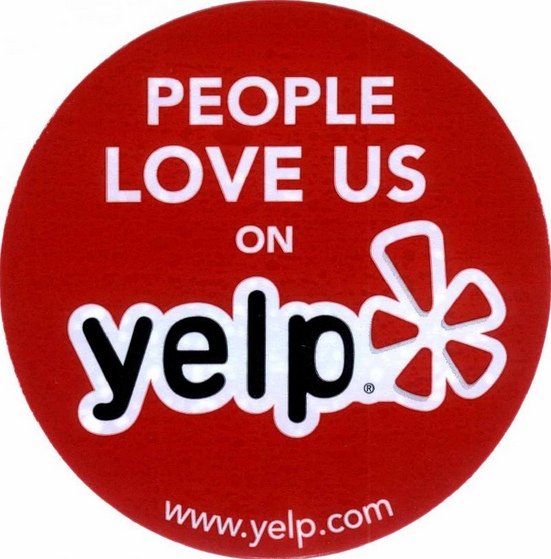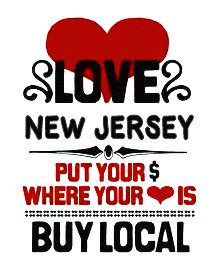Choosing the perfect wine refrigerator!
Wine Refrigerator Buying Guide
As Americans become more and more beguiled into the vast and fun world of wine, sales of wine coolers & wine refrigerators have been steadily on the rise.
And why not?
If you drink wine at home on a regular basis, buying a wine cooler is the best way to keep your wine collection in optimum condition and out of your already-stuffed refrigerator.
If you’re excited about your wines you’re not likely to leave them out to the whims of your home.
You’ll find a dedicated space for your casual wine bottles as well as any wine investments, and most likely that dedicated space will be a wine cooler.
There are wine coolers for every need - from sleek and compact on-the-counter units that hold just 8 bottles to the most deluxe, built-in units that hold a hefty 200 bottles in an elegantly trimmed European-style furniture.
So no matter how big or small your wine storage needs, there’s the perfect wine cooler out there that’ll bring your home wine experience to a whole new level of enjoyment and ease.
Here are some helpful tips when shopping around for your wine cooler:
WHAT SIZE IS RIGHT FOR YOUR SPACE?
Despite their compact appearance, most under-counter wine coolers are usually 34 inches in height by 24 inches in width.
Freestanding models are designed to be narrower, although their price tags can reach that of full-sized refrigerators due to various aesthetic upgrades.
ONE OR TWO ZONES?
While not usually available in smaller coolers, many wine coolers these days offer the flexibility of a dual-zone system, which means you can program two temperature zones that are optimal for white, sparkling, and red wines - all of which demand slightly different conditions.
While one-zone units don’t provide this flexibility or accuracy, they still provide some temperature variation since cool air will collect on the bottom of the unit naturally as the warmer air rises.
Uniformity is Key!
One of the main reasons we use wine coolers is to store our wines in a constant temperature, as wine is known to degrade in quality when exposed to dramatic temperature swings.
The ideal temperature depends on the type of wine, and mainly on the density of the wine.
An ideal compromise in single-zone units is 55 degrees. With dual-zone units you can set a temperature of 47 degrees for your whites and sparkling and a second zone temperature at 63 degrees for your reds.
This will pretty much keep every bottle happy, although as you get used to your wine cooler and the types of wines you usually store, you’ll find through experience how to tweak your temperatures and also your serving temperatures to your taste.
Don't Overlook Your Shelving Needs:
Not all wine coolers are created equal when it comes to shelving! Some are versatile, with easily-removable shelving to accommodate larger bottles.
Others however have static or narrow shelving units which limits the types of wine bottles you can add to your collection (and who wants that?!).
Another tip: some shelving is smartly designed with small rivets to gently hug the wine bottles and keep them from clanking together when pulling the shelf out or in. Others do not.
It’s not a big enough issue to cause any damage to the bottles, but it’s an annoying effect when you’re supposed to be having fun in relishing your wines!
Beware of Noise:
Like any refrigerator, a white background noise comes in with the domain of a wine cooler.
Some units are designed to be quieter than others, so keep this in mind.
If you’re planning on installing your wine cooler in a basement or closet or lobby space, this is usually not a problem.
But when you’re installing it in living spaces, like family rooms or dining rooms, its best to go with a quieter unit.
Energy Vampires
Unfortunately, wine coolers aren’t yet part of the Energy Star program, so many units are energy-hogs, and you may see in an increase in your energy bill. If you’re undecided between two units, compare their energy efficiency to make the final call
Fun Extra Goodies
Having access to a digital temperature control on the exterior of the unit minimizes unnecessary temperature fluctuations since you only need open the cooler when storing or removing a bottle of wine.
Some coolers provide water bins to maintain optimum humidity levels to avoid drying out the cork (a big culprit for aged wines that are over-oxidized).
Others provide security systems that either alert you of temperature fluctuations in the unit or keep the unit locked from snooping visitor hands pawing at your prized bottles.
Tinted-glass doors helps block out ultraviolet light, meaning you can safely store wines in even your sunny kitchen.
Most provide some form of interior lighting when you want to show off your collection with elegance and pizzaz.
And, my favorite of all, are units that provide tilt-up shelving units so you can display your favorite bottles, or to store partially-full bottles.
* * * * * * *
| New Jersey Wineries › Wine Accessories › Choosing the perfect wine refrigerator |
Have A Great Story About This Topic?
Do you have a great story about this? You can share it here without needing a Facebook account! You can even upload pictures!
What's New?
-
Dr
Dec 04, 14 04:30 PM
When France lost Algeria in 1960, a great worry of winemakers wad what are we going to do now? French wines from many regions WERE B,ENDED WITH MUCH STRONGER -
How to make port wine - and history!
Dec 04, 14 03:26 PM
How to make port wine - delicious, heart-warming, the perfect gift -
Wine accessory shopping for the holidays
Nov 01, 14 04:25 PM
Wine accessory shopping for the holidays





























New! Comments
Have your say about what you just read! Leave me a comment in the box below.